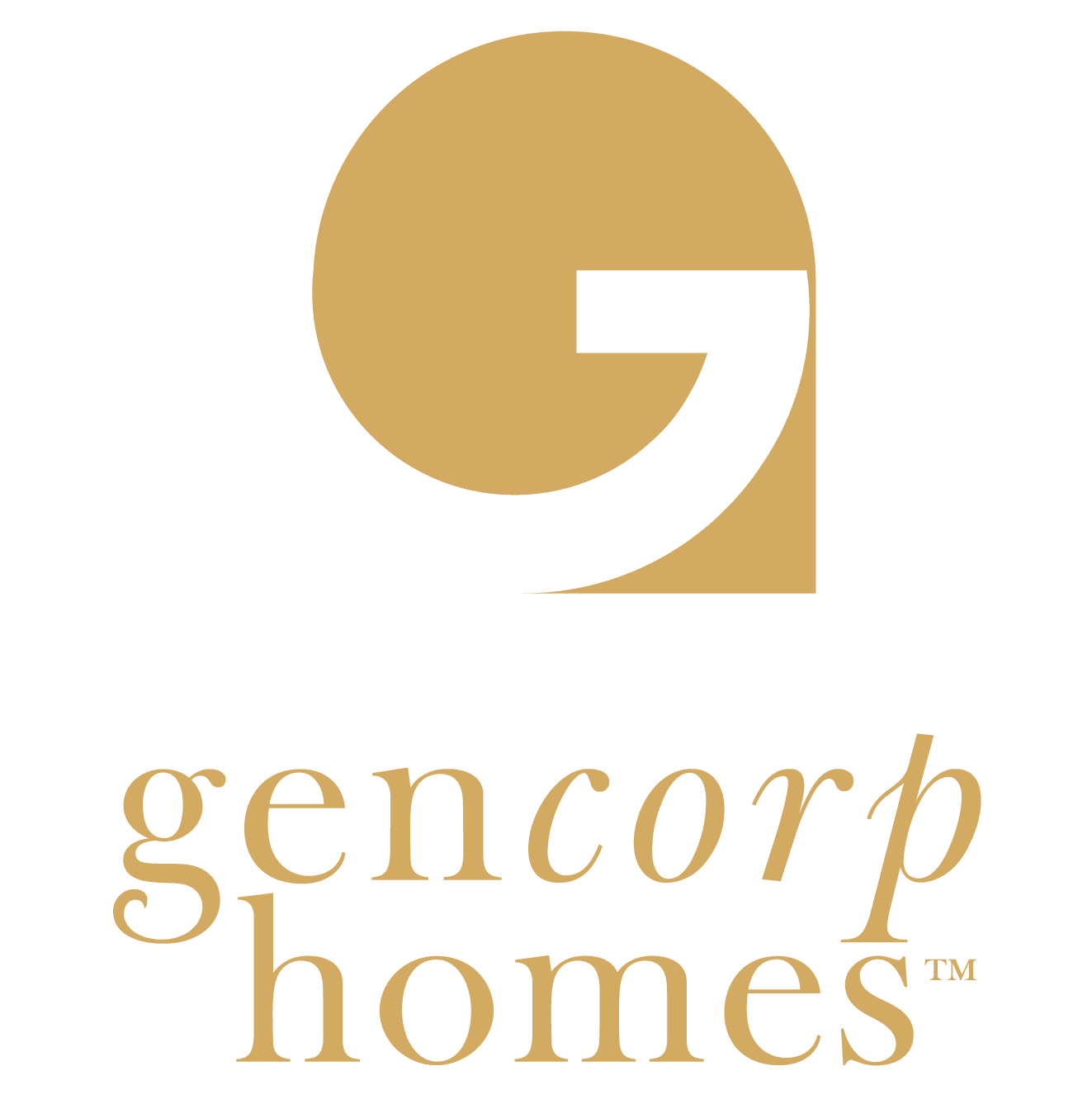Often dismissed as nothing more than an experimental design trend, green roofs are a lot more ingenious than common misconceptions would have you believe. Green roofs are thought by some to be aesthetically pleasing but expensive ventures that can rack up costs in structural issues and upkeep, when, in fact, the opposite is true.
Green roof systems are a proven, viable, cost-effective way to reduce our ecological footprint. They are wildly popular in countries across Europe, where they have become a multi-million dollar market. The worldwide market for Green-Roof Market is expected to grow at a compound annual growth rate (CAGR) of roughly 7.0% over the next ten years, according to a new Market.us (Prudour Research) study. your property with green roofing can reduce the overall amount of energy you consume, which offers a great ROI in the long-term.
What is a Green Roof?
Any rooftop covered in vegetation can be defined as a green roof. Green roofs can be installed on nearly any man-made structure. They are often installed on public buildings like community centers, schools, commercial buildings, and even residential properties like houses and condominiums.
The kind of plant life you can cultivate varies greatly, and can also add various purposes to your rooftop. Most green roofs have easily maintainable vegetation, like grass, thyme, or other kinds of drought-resistant groundcover. Some people opt to grow more substantial gardens, especially in cities where outdoor space for gardens is scarce. Some homeowners may even decide to grow fruits and vegetables on their green roofing.
During construction, builders incorporate waterproof base layers before installing the roof itself. This layer protects the building from water damage and also keeps plant roots from infiltrating the roof. Builders can install three different types of green roofs:
Extensive: This a simple design that does not require any irrigation system. These shallow roofs typically have low-maintenance groundcover.
- 3- 6″ of light weight growing medium.
- low-maintenance ground-cover plants.
- ideal for large flat-roof buildings and apartments.
- suitable for low-sloped residential roofs and retrofits.
- desert grasses and succulent plants.
- after one year, they do not require watering.
- annual spring weeding of tree seedlings & weeds – brought in by birds and wind.
Semi-Intensive: These green roofs house larger plants and require deeper trenches. An irrigation system may be required, depending on the plantlife.
- Semi-intensive roofs, combinations of both extensive and intensive green roofs, are typically adopted to harness both the environmental benefits of a green roof, as well as a diverse garden within a manageable maintenance budget.
Intensive: These roofs can hold large plants. Some intensive designs even allow builders to plant small trees. This system can weigh heavily on smaller structures and is usually reserved for larger buildings and condos.
- 8-12 inches, or more, of growing medium.
- fully landscaped roof top garden.
- require regular maintenance -similar to an at-grade garden.
- diverse plants and trees can be planted (avoid plants with invasive root systems).
- walkways, railings and lighting.
- parks, playgrounds or vegetable gardens are possible
The Benefits of a Green Roof
Aiding the Fight Against Climate Change
Installing a green roof is a definite step in the right direction when it comes to helping our environment. The plants on your green roof immediately improve the atmosphere around your home by providing the air with fresh oxygen. Plants also absorb carbon dioxide and other pollutants, which means healthier lungs for inhabitants. Green roofs in city areas can also help to lower temperatures according to an Environmental Protection Agency (EPA) report.
Added Insulation
Green roofs are especially appealing because of their ability to reduce monthly electric bills. They absorb sunlight during the summer, preventing heat from permeating your home through your rooftop. They trap heat inside during the winter, as they are an added layering that prevents heat from escaping. As a result, property owners spend less money on air conditioning and heating.
Growing Your Own Garden
A green roof can be modified to grow produce. As previously mentioned, you could grow plants and vegetables for personal consumption, or to sell. Herbs can also be grown and used for their medicinal benefits. Growing your own produce on a green roof can save you grocery costs and makes for a great hobby.
Protection from Stormwater
Green roofs are an excellent way to prevent leaking during rainy seasons. Plantlife serves as a first defense, as they absorb and store rainwater for the production of nutrients. Whatever the plants can’t take in is caught by the water-proof base layer and drained safely.
Community Spaces
Not only can green roofs make a positive impact on the environment, but they can also make that same impact on local communities. A green roof is a flexible amenity that property owners can use to better the lives of their residents and guests. Green roofs can be used as:
- Community gardens
- Terrace parks for schools and businesses
- Recreational spaces (playgrounds, picnic areas, etc.)
- Venues for special events
Green Roofs for Better Communities
Speak to our team at GenCorp Homes if you’re interested in learning about how you can install a green roof on your home. We keep up to date on all the latest trends and techniques for eco-friendly, reliable home building. We can build a green living space for you no matter what your design style. Contact us today to get started.

